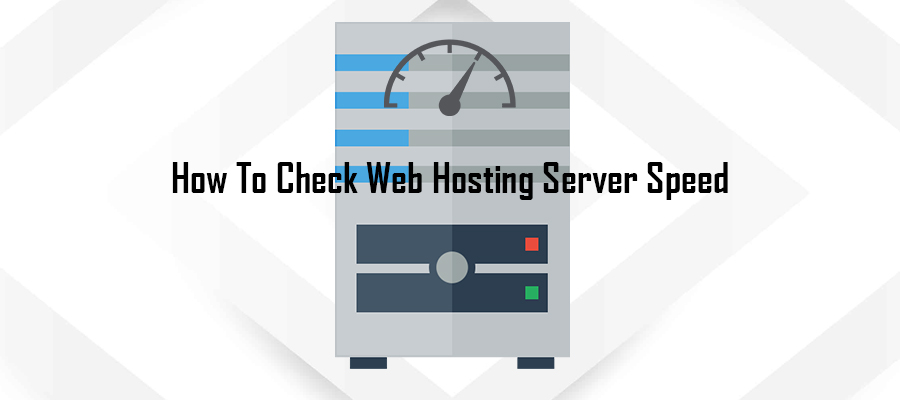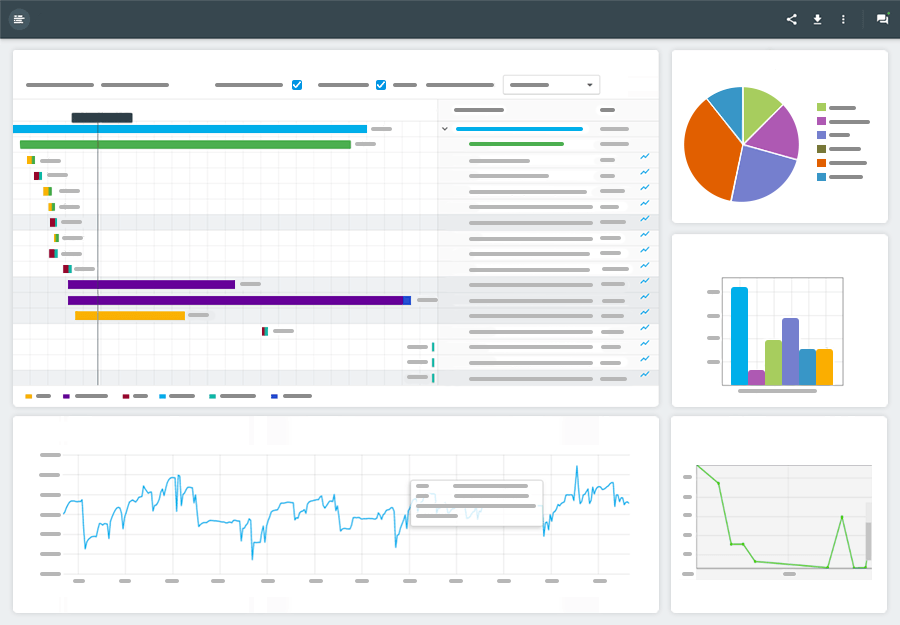 Is your website underperforming? Have you tried everything you can think of to boost your overall site performance, but its response times are still sluggish? If so, then you may be trying to fix the wrong thing.
Is your website underperforming? Have you tried everything you can think of to boost your overall site performance, but its response times are still sluggish? If so, then you may be trying to fix the wrong thing.
While almost 80 percent of all website speed issues are related to front-end errors, such as non-optimized images, chunky code or broken page elements, your visual design components aren’t always to blame.
Regardless of how refined your site coding may be, or how you’re optimizing and compressing website files, if the hosting server is underperforming then no amount of tweaking will alleviate your speed problem.
Your website hosting server is the brain powering your entire digital being. Much like humans, if the brain is damaged or lacks proper nutrients, everything it controls is negatively impacted.
Although you should be careful when selecting a web hosting provider, even the greats experience performance issues, therefore, checking web hosting server speed on a regular basis is an essential task for all website owners.
Not only does this provide current stats regarding server health, but if your server fails to meet its Service Level Agreement (SLA), you should immediately contact the hosting company for a refund or upgraded hosting options.
Much like everything else in life, guarantees aren’t always guaranteed. Therefore, it’s important to remain vigilant when it comes to monitoring and analyzing not only your website performance, but the performance of your web hosting server.
Checking web hosting server speed is a relatively simple process. However, before we dive into this topic, let’s take a few moments and investigate the various elements you should identify and understand when it comes to monitoring this essential backend component.
The Two Signs of a Slow Web Hosting Server
It’s difficult to narrow down all the various factors that may be responsible for a slow web hosting server. Therefore, take the following two primary factors as an umbrella guide into the deepest levels of server functionality and performance.
This being noted, these two factors tend to be the most common components among underperforming web hosting servers. Should you find that your dynamic webpages load exponentially slower than your static pages, you should immediately investigate the following server elements:
Time to First Byte (TTFB)
Essentially, this metric defines the exact duration between an end-user browser sending an HTTP/HTTPS GET request to receiving the first byte from the requested data packet. While some definitions outline this metric as the duration after a browser performs a DNS lookup and connects, others include DNS lookup and connection within the total TTFB.
External influences, such as internet network connection speed play a direct role in TTFB metrics. However, after taking this into consideration, the TTFB should be no longer than 0.5 seconds. In fact, the latest web hosting server configurations and backend infrastructure design should allow TTFB around 0.1 seconds.
Distribution of Webpage Components
As you explore your web hosting server speed, pay special attention to the distribution of website components in terms of loading time. When dealing with a server issue, you’ll notice a non-cache website features relatively even distribution of component load times, which can be relatively misleading unless the TTFB is exceptionally slow.
Websites with server issues really demonstrate its errors when accessing a webpage that’s already been cached by the end-user. In this case, you’ll notice the TTFB duration is extraordinarily longer than it should be. In most cases, this means TTFB is the largest component capable of being responsible for up to 60 percent of the overall website latency.
Of course, the only way to make these observations is via an accurate and in-depth web hosting server speed test.
Web Server Speed Test | Step-by-Step Guide
Testing web hosting server speed is as easy as entering your site URL. However, as with any other website metric testing tool, it’s important to utilize a service capable of delivering accurate and thorough results.
The HTTP/HTTPS Web Server Test is specifically designed to offer deep-level speed metrics solely on web server health and functionality. This test provides results for several KPI’s, including server response code, time to load, and server response errors. The test runs from 28 global locations, including cloud services (AWS) and from behind the Great Firewall of China.
The best part? This free tool analyzes your site in three steps:
Step One – Enter Your Website Information
From the main page, enter your website URL in the search field. Make sure to choose the appropriate Server Type (HTTP or HTTPS) as well as the Request Type (GET or POST).
Step Two – Provide Optional Testing Parameters
Unlike most other web hosting server speed testing tools, you also have a set of advanced options to choose from. The following three testing parameters can be adjusted to receive a customized in-depth server analysis:
- Login (User Name/User Password) to verify website logins
- GET or POST parameters (Name/Value)
- Headers (Name/Value)
Step Three – Confirm Data and Receive Report
Once you confirm your information is correct, press START TEST and in a matter of moments you’ll receive a complete breakdown of web server response times, speed and other essential server insights.
Once the test is complete, you can review the results from each location, categorized by the following performance indicators:
- Monitoring Time (GMT)
- Duration (msec)
- Status
- Error Description
- Error Code


